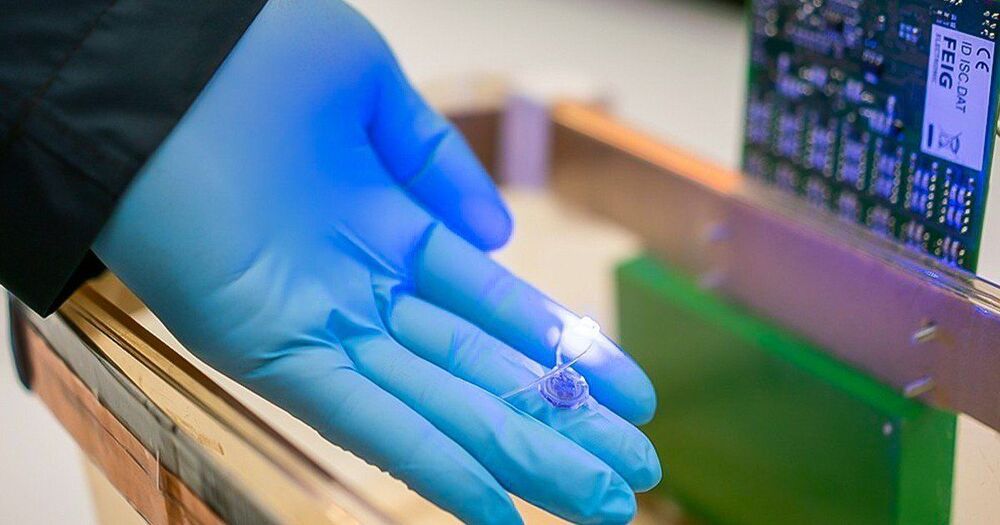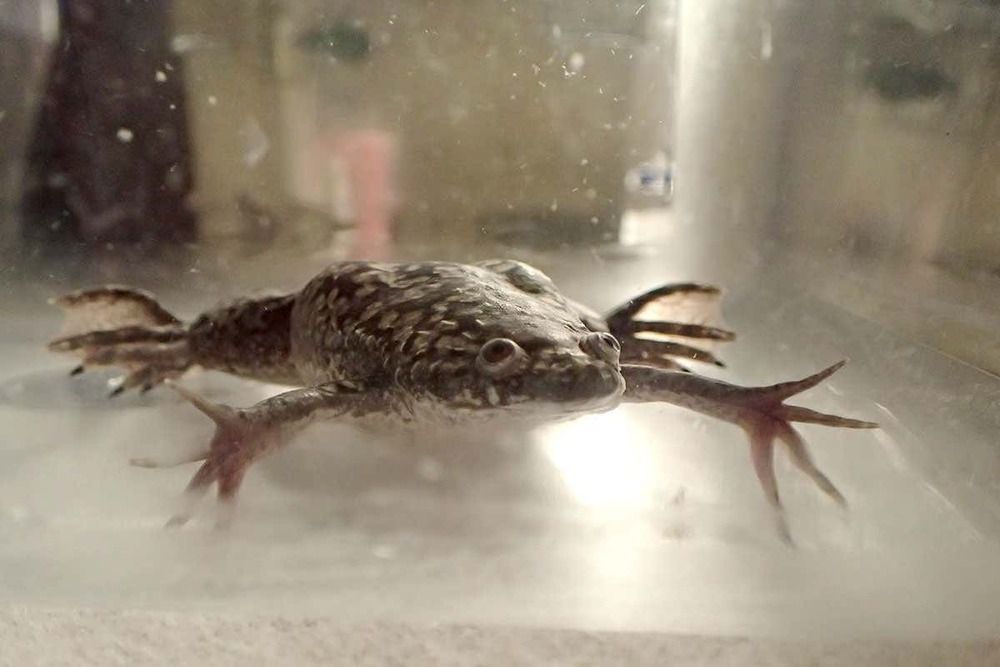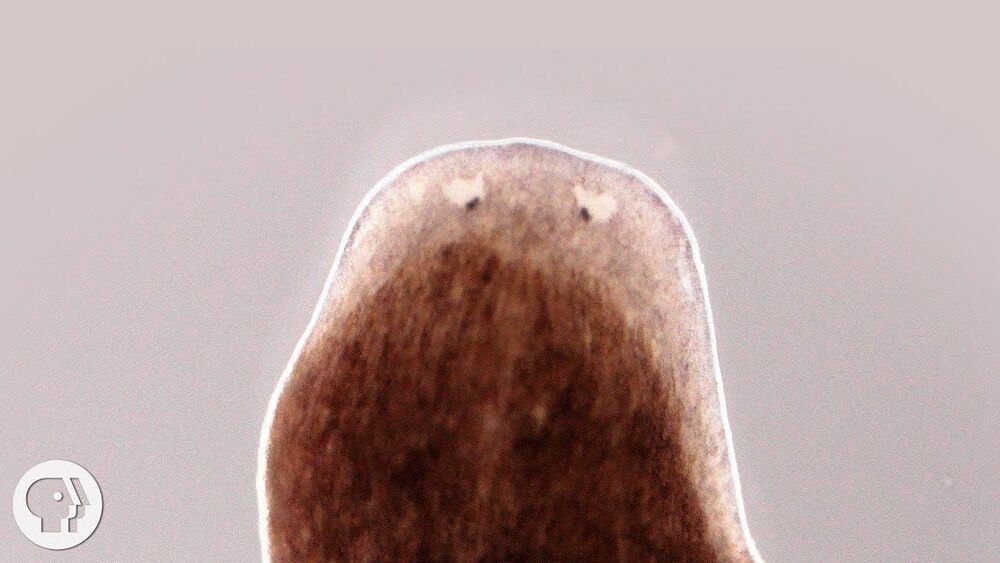Jan 26, 2021
SpaceX may finally launch its newest Starship rocket prototype Tuesday afternoon. With any luck, it won’t explode
Posted by Prem Vijaywargi in categories: Elon Musk, space travel
On Tuesday, SpaceX plans to launch the latest prototype of its Starship spacecraft — a system that could one day carry humans to Mars. The prototype, called.
The first time SpaceX attempted such an ambitious Starship flight, the 16-story vehicle blew up. Seven weeks later, Elon Musk’s company is trying again.


















